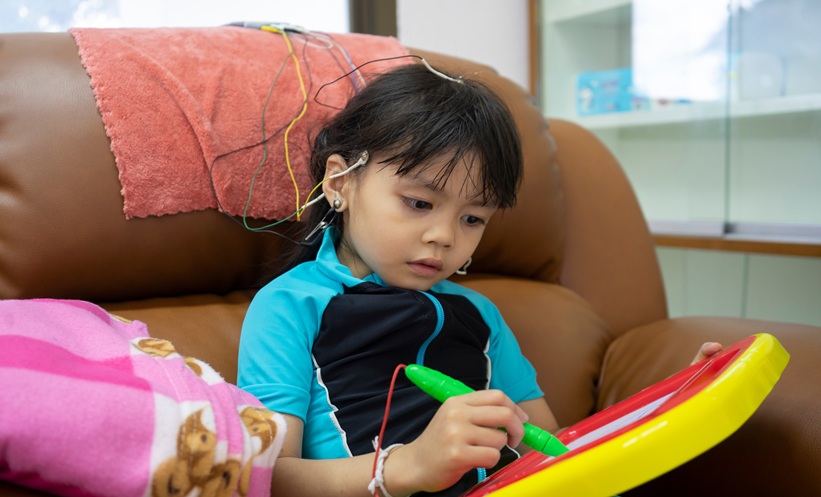THE RISK of being diagnosed with cerebral palsy or epilepsy can be predicted by the score a neonate receives on the Apgar scale, according to research from the Karolinska Institutet, Solna, Sweden. The findings highlight the need to continuously monitor the vitality of infants at the very early stages following birth to identify those babies requiring greater attention.
Risk of Cerebral Palsy
Using Swedish national Medical Birth Registry data of 1.2 million full-term babies born between 1999 and 2012 without malformations, the team discovered that 1,221 went on to develop cerebral palsy before the age of 16, calculating that the risk of onset of the condition increased successively with decreasing Apgar scores. At 5 minutes, neonates with a score of 9 had almost twice the risk of cerebral palsy compared to those with a score of 10, and the chances were 280-fold higher in those who scored 0 compared with babies who scored 10. At 10 minutes, the risk was shown to be even greater.
Changes in Score
Epilepsy was diagnosed before the age of 16 in 3,975 babies, with a higher risk associated with decreasing scores at 5 and 10 minutes again being shown. Small changes between 5 and 10 minutes after birth were found to affect the odds of both cerebral palsy and epilepsy; for example, a higher risk of both conditions was shown in babies who scored 7 or 8 at 5 minutes and 9 or 10 at 10 minutes compared with those who scored 9 or 10 at both time points.
Improving Prospects
“The results show that it’s important to evaluate neonate vitality at both 5 and 10 minutes, even if the score is normal at 5,” explained Dr Martina Persson, Karolinska Institutet. “We also need to work actively with the babies who do not score full Apgar points since it is likely to improve their prospects.”
Highly Relevant
The team caution that no definite conclusions can be made about the association between risk of neurological morbidity in babies and Agpar scores, because it was an observational study. However, the large cohort used, which enabled the researchers to control for the many confounders, make the findings highly relevant.
James Coker, Reporter
For the source and further information about the study, click here.







